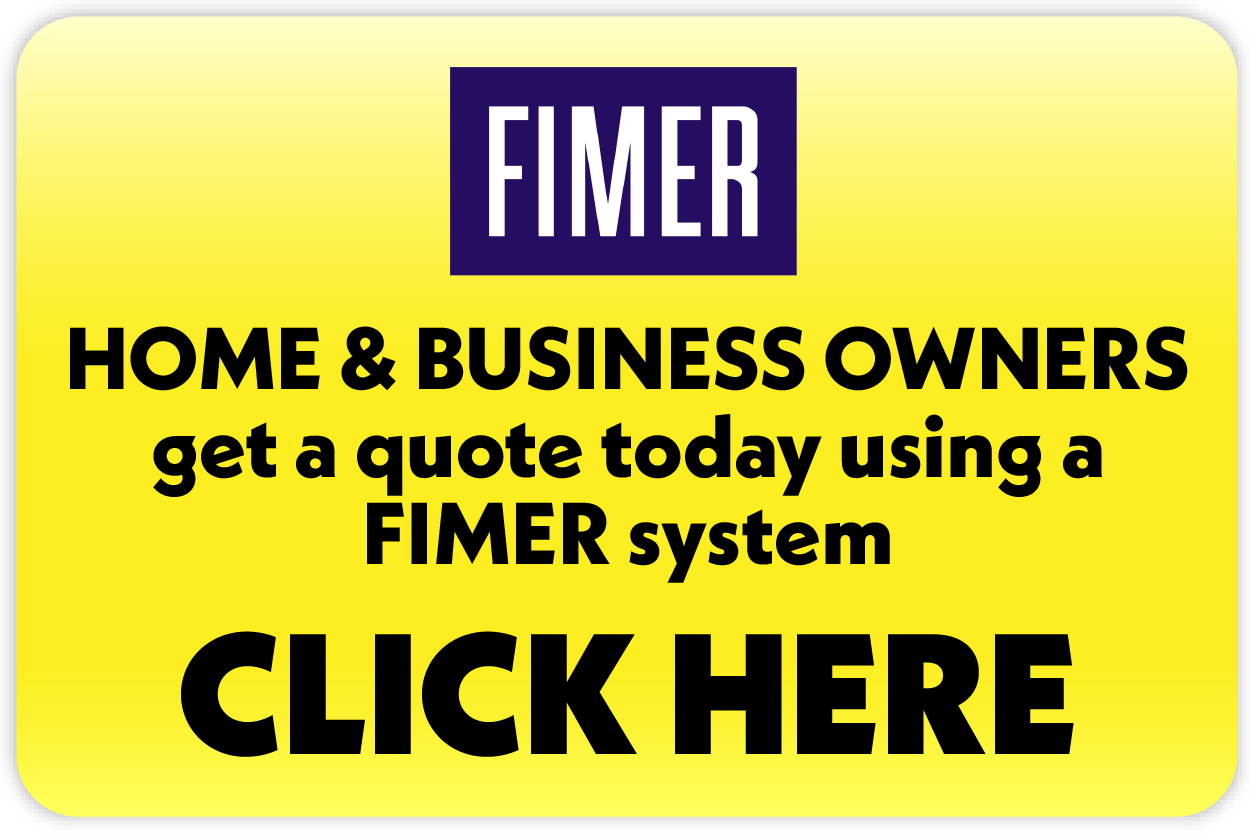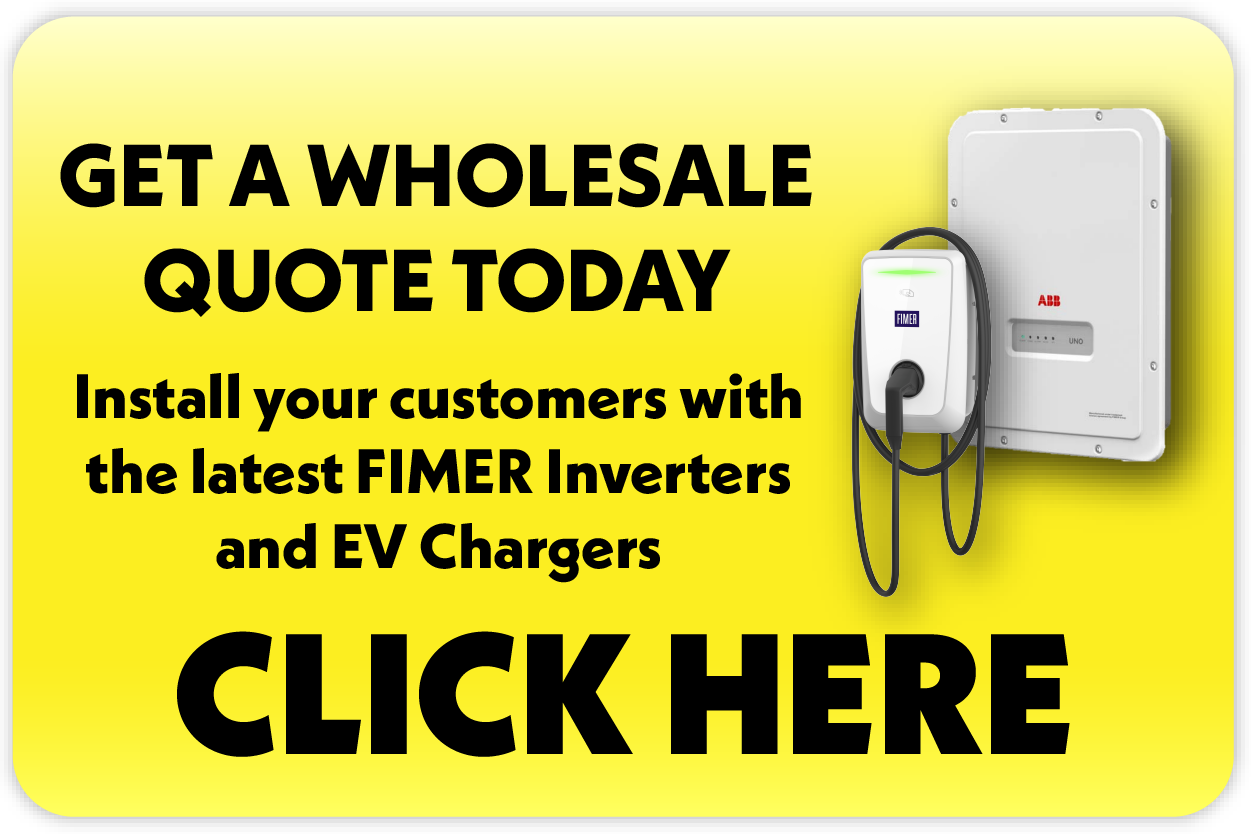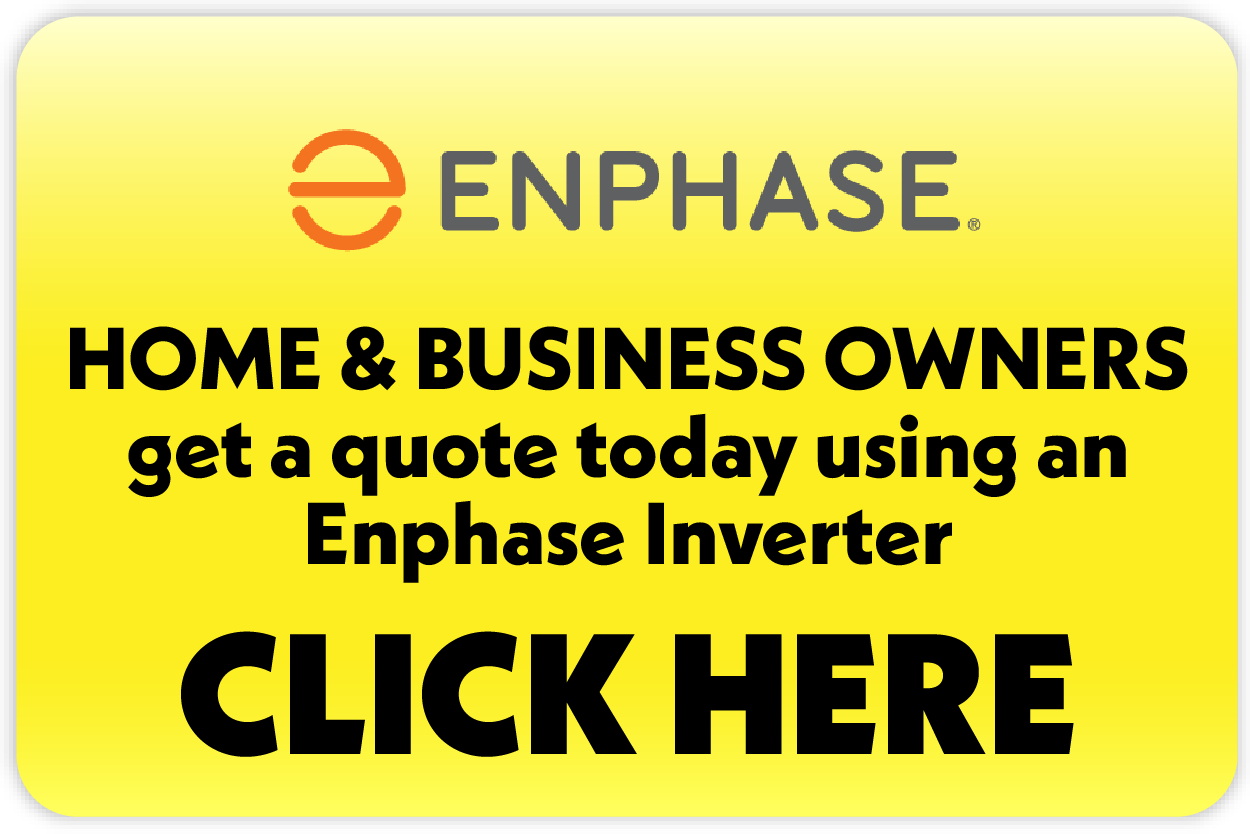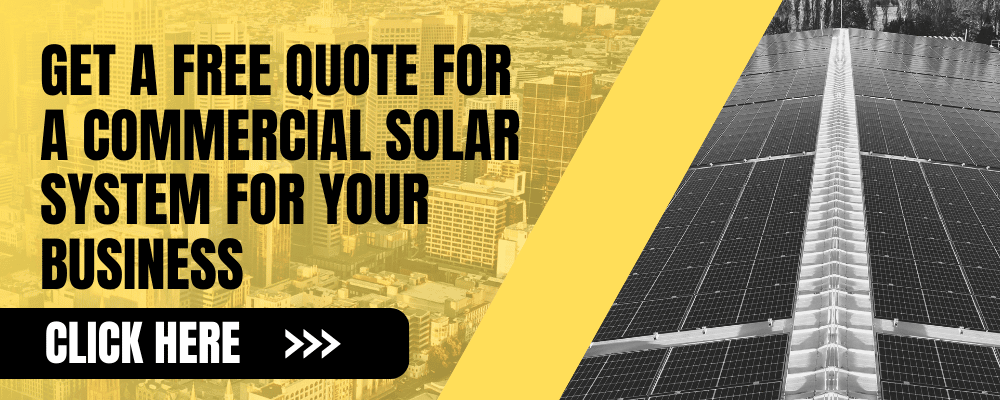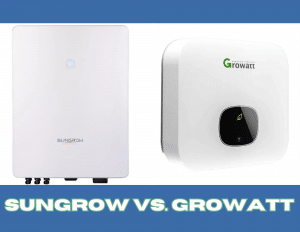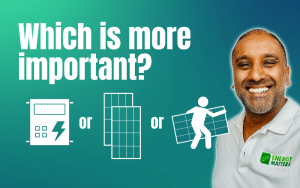On this page
Gone are the days when we only power a few items in our homes. Nowadays, almost everything in our home runs on electricity. If your home is running on solar energy, or you plan to make a switch to solar and install solar PV panels on your property, then you also need to think about the inverter.
The inverter is part of your solar system and is crucial in generating power for your home. Here, we will talk about a three-phase solar inverter.
Most Australian homes have a single-phase energy supply, which means they only have one live wire from the grid. On the other hand, a three-phase supply has more power to pull from the grid with its three live wires. Therefore, it can power even more appliances.
What is a 3 phase solar inverter?
Basically, it’s an inverter that converts Direct Current (DC) electricity generated from solar panels to Alternate Current (AC). What makes it different from a single-phase inverter is that a 3 phase solar inverter distributes it across a three-phase power supply.
How 3 phase solar inverters work in Australia
Solar power is becoming an increasingly popular source of renewable energy in Australia, and 3 phase solar inverters play a crucial role in converting the DC power generated by solar panels into AC power that can be used to power homes or fed back into the grid. In this article, we will delve into the detailed functionality of 3 phase solar inverters, including how they convert DC power to AC power and enable grid-tie operation in Australia.
DC to AC conversion
Solar panels generate electricity in the form of direct current (DC) power. However, most homes and businesses in Australia operate on alternating current (AC) power. This is where 3 phase solar inverters come into play. The primary function of a solar inverter is to convert the DC power from the solar panels into AC power that can be used to power appliances and devices.
The process of DC to AC conversion starts with the solar panels absorbing sunlight and generating DC electricity. The DC electricity is then sent to the 3 phase solar inverter, which converts it into AC electricity through a process called inversion. Inverters use complex electronics and control systems to convert DC power into AC power with the correct voltage, frequency, and phase for use in homes or businesses.
Grid-tie operation
In Australia, most solar power systems are connected to the grid, allowing excess electricity generated by the solar panels to be fed back into the grid. This is known as grid-tie operation, and 3 phase solar inverters are critical in enabling this process.
When the solar panels generate more electricity than used in the home or business, the excess electricity is sent to the 3 phase solar inverter. The inverter then synchronises the AC electricity with the grid’s electricity and feeds the excess electricity back into the grid. This excess electricity is credited to the owner’s electricity account, often called feed-in tariffs, which can result in cost savings or revenue generation.
Advanced features of 3 phase solar inverter
3 phase solar inverters in Australia often have advanced features that enhance their functionality and performance. These features may include:
- Maximum Power Point Tracking (MPPT): MPPT technology allows the inverter to optimise the solar panel’s performance by tracking the maximum power point at which the panels produce the most electricity. This ensures that the solar panels operate at their maximum efficiency, resulting in higher energy yields.
- Grid Management Capabilities: Advanced 3 phase solar inverters may have grid management capabilities, such as voltage and frequency regulation, which help maintain a stable connection to the grid and prevent disruptions in the electricity supply.
- Monitoring Options: Many 3 phase solar inverters come with monitoring options that allow users to track the performance of their solar power system in real time. This includes monitoring the energy production, consumption, and grid feed-in, providing valuable insights into the system’s performance and efficiency.
- Safety Protections: Solar inverters often come with built-in safety features, such as over-voltage protection, over-temperature protection, and residual current monitoring, to ensure the safe and reliable operation of the solar power system.
3 phase solar inverters are crucial in converting DC power to AC power and enabling grid-tie operation in Australia. They are essential components of solar power systems, particularly in commercial or industrial settings where three-phase electricity is commonly used. With advanced features such as MPPT technology, grid management capabilities, monitoring options, and safety protections, 3 phase solar inverters are designed to optimise the performance, efficiency, and safety of solar power systems in Australia.
When selecting a 3 phase solar inverter for your solar power system, it’s essential to consider factors such as the inverter’s capacity, efficiency, reliability, and warranty. It’s also important to work with a reputable solar installation company that can provide expert advice and ensure proper installation and integration of the inverter into your solar power system.
By understanding how 3 phase solar inverters work and their advanced features, you can make informed decisions when it comes to selecting the right inverter for your solar power system in Australia. With the right 3 phase solar inverter, you can maximise the performance of your solar panels, optimise your energy production, and contribute to a more sustainable and renewable energy future.
Why are three phase solar inverters important in commercial solar systems?
3 phase solar inverters are an important component of commercial solar systems in Australia. They are designed to handle the higher voltage and power requirements of commercial and industrial premises, allowing for efficient power distribution, higher power output, grid connection, and scalability. When planning a commercial solar system, it is crucial to consider the specific energy demands of the business and select a 3 phase solar inverter that is suitable for the system’s requirements. Consulting with solar energy experts and working with reputable solar installers can ensure that the commercial solar system is designed and installed to optimise energy production and cost savings.
Three phase solar inverters are crucial in commercial solar systems for several reasons:
Efficient power distribution
Commercial and industrial premises typically have higher energy demands than residential properties. Three-phase electricity allows for a more balanced distribution of electricity across the three phases, which can result in more efficient use of power and reduced energy losses. 3 phase solar inverters ensure that the solar energy generated by the solar panels is effectively converted into AC electricity that can be used to power the electrical loads of commercial premises.
Higher power output
Commercial solar systems often require a higher power output to meet the energy demands of businesses. 3 phase solar inverters are designed to handle higher voltages and power requirements, allowing for larger solar arrays and higher power output. This makes them well-suited for commercial and industrial applications where the energy demands are higher.
Grid connection
Commercial solar systems in Australia are often connected to the grid to allow for net metering or feed-in tariff arrangements. 3 phase solar inverters can feed excess solar energy back into the grid, allowing businesses to earn credits for the surplus energy they generate. This can result in cost savings and revenue generation for businesses.
Scalability
Commercial solar systems are often designed to be scalable, allowing for future expansion of the solar array as the energy demands of the business increase. Three phase solar inverters provide flexibility and scalability, allowing for adding more solar panels to the system without the need for additional inverters. This makes them suitable for commercial applications where energy needs may change over time.
How do you know if you need a three-phase solar inverter?
It’s easy—you only need to look in your switchboard and count the poles on your main switch.
Remember that a home with a single-phase power supply can’t have a three-phase solar inverter. On the other hand, a three-phase supply has three options to choose from: a single-phase solar inverter, micro inverters, or a three-phase solar inverter.
We recommend that you choose a three-phase inverter if you have a three-phase home because it will be more beneficial for your home and the grid. With a three-phase solar inverter, the capacity is spread across the three wires; hence, you don’t need to push solar energy too much. As a result, you can increase the local grid voltage less, plus you get less throttling or tripping that occurs with over-voltage.
With a three-phase inverter, you can produce more solar power with high voltage.
It is important to note that a three-phase inverter is not required if you have three-phase power. It is recommended due to its advantages, though you will be paying more than a standard single-phase inverter.
Energy Matters has a list of the best solar inverters in 2023 that you can choose from today. We recommend you get to know the brands before purchasing to ensure maximum efficiency and reliability.
The advantages of a three-phase inverter
There are more benefits to a three-phase solar inverter. One, it has a higher capacity, increasing the ability to generate more power. Second, you can expect constant power because of the ease of distribution.
Energy Matters has been a leader in the renewable energy industry since 2005 and has helped over 40,000 Australian households in their journey to energy independence.
Let us discuss and choose the best quote that suits your needs and budget, and we can connect you with our trusted local installers, who will provide up to 3 FREE quotes for your home and business solar energy system. Get your free quotes today!













